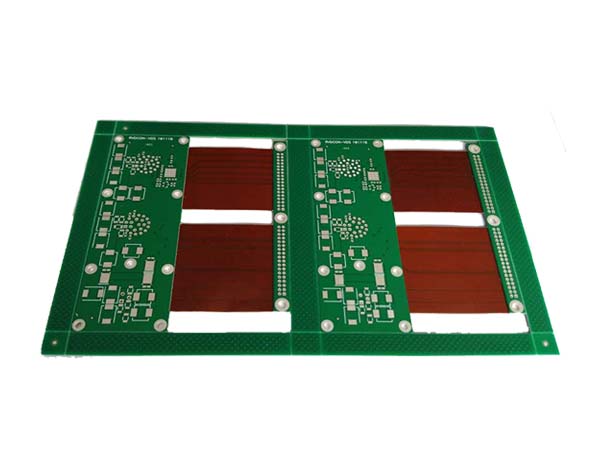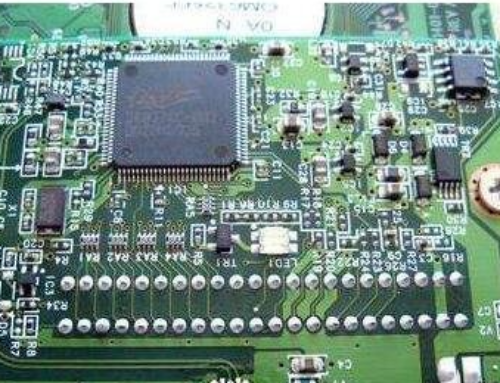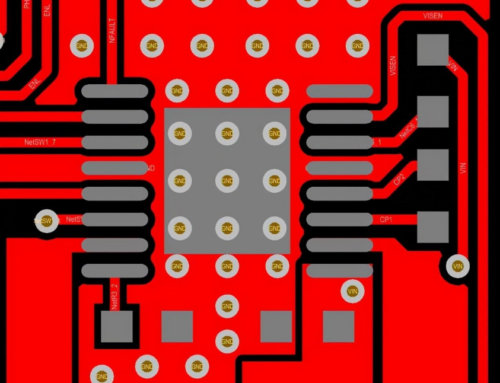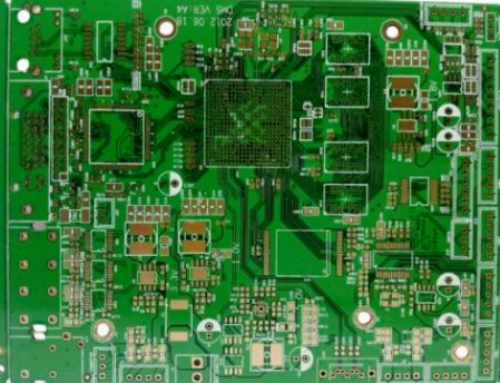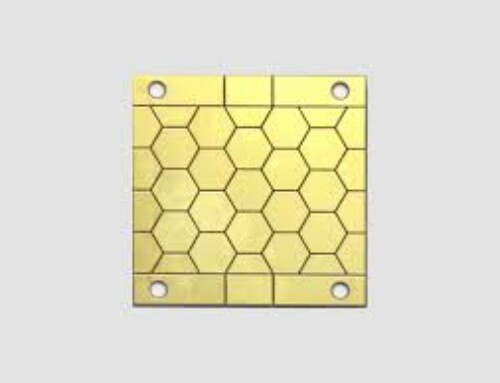What are the rules to follow when designing PCB pads?
In this article, the editor will bring you relevant reports on PCB pads. If you are interested in what this article is about to explain, you may wish to continue reading.
1. PCB pad
PCB pads: The components are fixed on the PCB with solder through the lead holes on the PCB. The printed wires connect the pads to realize the electrical connection of the components in the circuit. The lead hole and the surrounding copper foil are called pads.
Types of PCB pads include:
Square pad – often used when the components on the printed board are large and few, and the printed wires are simple. It is easy to implement using this kind of pad when making your own PCB by hand. Circular pads – widely used in single- and double-sided printed boards with regularly arranged components. If the density of the board allows, the pads can be larger so that they will not fall off during soldering.
Island pad – the connection between the pads is integrated into one. Often used in vertical irregular arrangement installations. For example, this kind of pad is often used in radio cassette recorders.
Teardrop pad – often used when the traces connected to the pads are thin to prevent the pads from peeling and the traces from being disconnected from the pads. This type of pad is commonly used in high frequency circuits.
Polygonal pads – used to distinguish pads with similar outer diameters but different hole diameters to facilitate processing and assembly.
Oval pad – This type of pad has enough area to increase resistance to peeling and is often used in dual in-line devices.
Open-shaped pad – commonly used to ensure that the pad holes for manual repair are not sealed by solder after wave soldering.
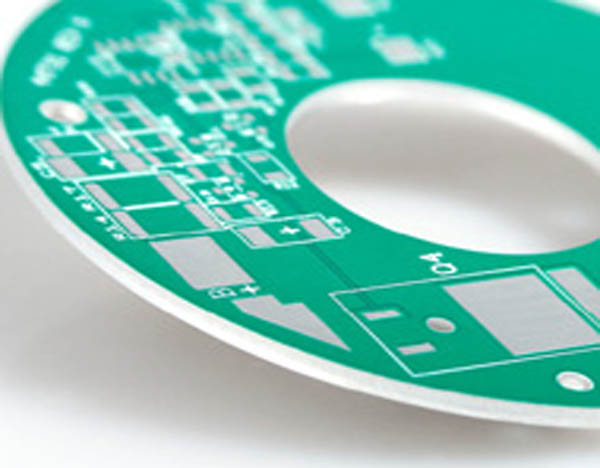
2. What rules should be followed when designing PCB pads?
PCB Pad Design Guide First, let’s define exactly what a “pad” is. A solder pad (also called a “pad”) is an exposed area of metal on a circuit board to which the part’s leads will be soldered. Multiple pads are used to create a component’s footprint or pad pattern on a printed circuit board.
For through-hole parts, the pads are usually circular and will have a plated hole through them for the component leads to be inserted and soldered. For surface mount technology (SMT) parts, the size and shape of the pads will vary depending on the component being soldered. Occasionally, odd-shaped pads with irregular sizes occur for thermal or mechanical reasons, and small round pads are often used for alignment and alignment in automated optical equipment.
Years after the introduction of PCB design tools, layout engineers had to manually define their own pads due to a lack of automation tools. This is done by drawing the pad shape in the design tool using information from the datasheet and common pad size and shape formulas.
However, since the manufacturer’s specifications do not always follow the same formula, this process can be error-prone. This can cause layout designers to use the wrong sizes and shapes in their pads. Unfortunately, these incorrect pad sizes and shapes can have disastrous consequences during the manufacturing process, including:
· Via Breakout: The via pad must have a solid annular ring for soldering, which is the metal between the wall of the hole and the periphery of the pad. The ring gauge is designed to be large enough to allow the expected number of drill bits to drift from the center of the hole. However, if the pad is too small, the ring may crack, and too much cracking can result in improper soldering or a cracked and incomplete circuit.
· Insufficient solder joints: SMT parts with pads that are too small may run the risk of not getting the right solder corners during the manufacturing process. Without good fillets, solder joints will be weak and will crack.
· Floating parts: SMT parts that are too large and soldered to the pads may end up floating in place during reflow. This can cause conflicts with other parts or even cause shorts between circuits.
· Logically deleted parts: Two smaller SMT fixed-pin parts may have soldering issues if they have different pad sizes, such as resistors and capacitors. One pad will heat up faster than the other, and the molten solder will pull the part up and away from the other pad, sticking to it like a tombstone.
· Shorts to other metals: Pads that are too small can cause surface traces to be too close to the components soldered to them, potentially causing areas where the metals short together. On the other hand, pads that are too large may restrict trace routing between them, making routing the board more difficult.
All these issues force PCB manufacturers to resort to manual assembly techniques to solve these problems, while also spending more time on inspection and rework. Creating properly sized and shaped PCB pads is crucial, and thankfully, there’s a lot of help available today.
Finally, the editor sincerely thanks everyone for reading. Every time you read, it is a great encouragement and encouragement to the editor. I hope you all have a preliminary understanding of PCB pads. Finally, I wish you all a wonderful day.
